A power source that can repair itself could be used for wearable, tearable electronics
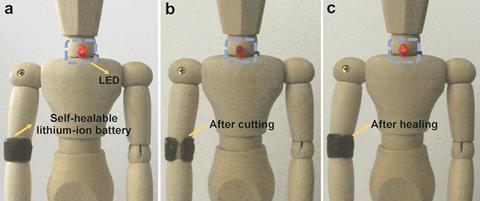
Scientists in China and South Korea have created self-healing, flexible batteries that could one day find use in wearable electronic devices.
Wearable technology, such as activity trackers, augmented reality glasses and even light-up Bluetooth cocktail dresses, is growing in popularity. However, developing durable power sources that can safely withstand the strains of everyday activities remains a challenge.
Now, a collaboration between Samsung and researchers at Fudan University in Shanghai has developed flexible lithium-ion batteries that can grow back together after being broken apart, without losing their electrochemical functionality.
The batteries are formed of layers of carbon nanotubes which are loaded with lithium nanoparticles and fixed onto a self-healing polymer. A cellulose-based gel acts both as an electrolyte and separating layer between the electrodes. After being cut in two, the battery can self-repair when the two sections are simply held together for a few seconds. The battery maintains its electronic performance even after several rounds of cutting and healing.
Its unique structure also prevents lithium compounds from leaking out of the electrodes after the device has sustained damage, a significant safety hazard with current products.
References
Y Zhao et al, Angew. Chem. Int. Ed., 2016, 55, 1 (DOI: 10.1002/anie.201607951)






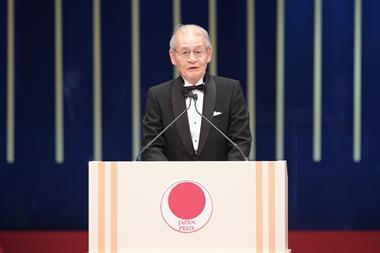

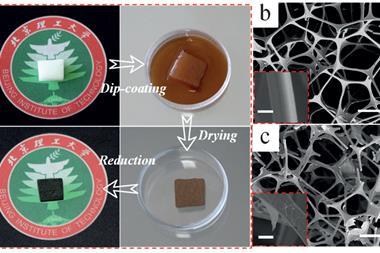
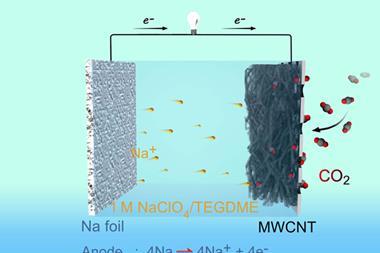
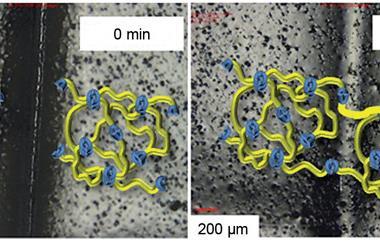






No comments yet